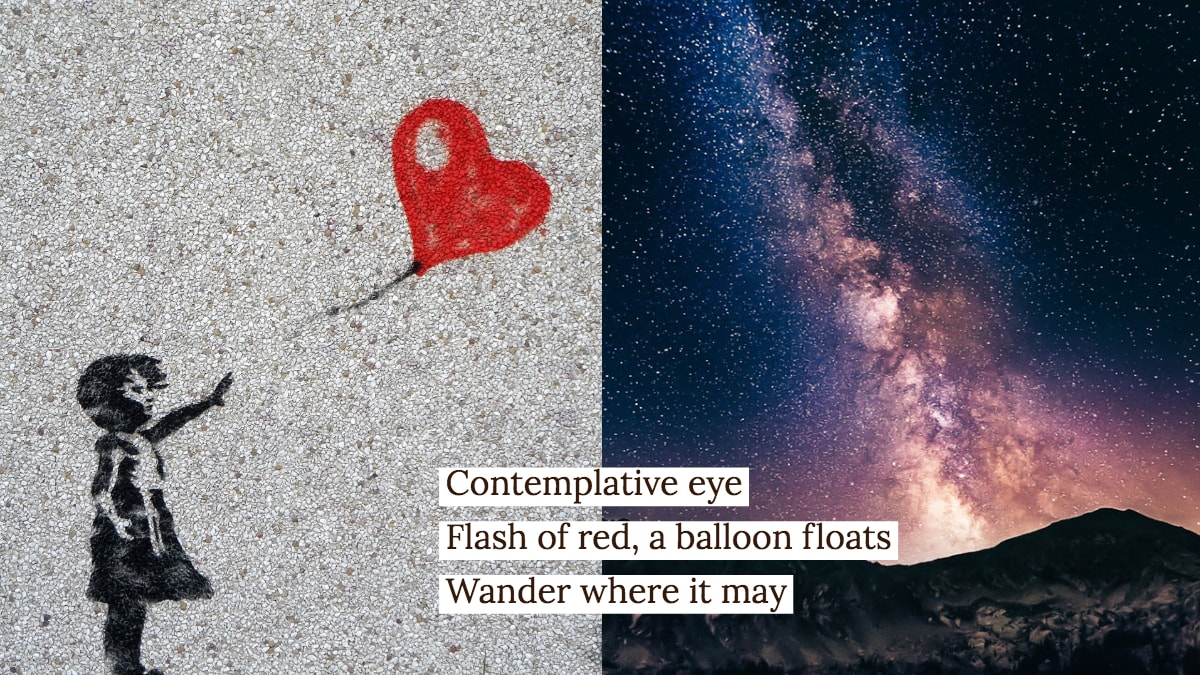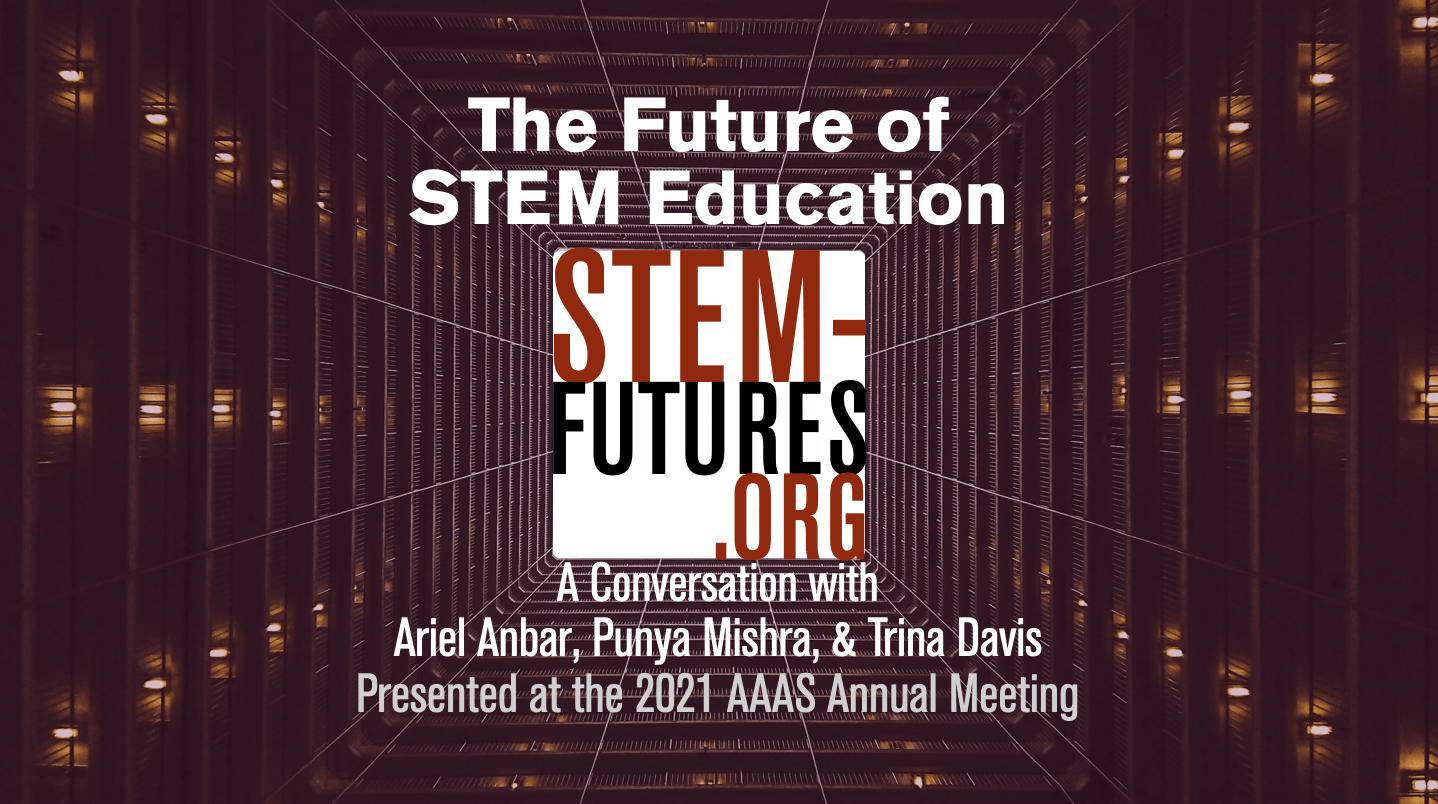Matt Koehler and I led a session on Technology Integration in Higher Education: Challenges & Opportunities for a day-long symposium titled: Colloquium on the Changing Professoriate. This is how our session was described in the program book/website:
Technology has become “one more thing” that faculty members have to deal with as they engage in scholarship and teaching. Technology offers new opportunities for teaching but also demands a significant investment of resources, time, effort, money. In this interactive session presenters will lead a discussion on some of the issues facing the professoriate as they seek to integrate technology in their teaching and professional development. Of particular interest would technology integration in teaching, models of professional development, use of newer technologies such as mobile media and web 2.0.
Here is a copy of the presentation we made. This of course does not capture what we said and the discussions we had – but I include it here, for the record. Enjoy.





Hi! I was surfing and found your blog post… nice! I love your blog. 🙂 Cheers! Sandra. R.
I found your article quite useful and interesting. I have bookmarked the site for later usage. Nancy
This is a personal blog that I write in English… I see no need for supporting other languages since I do not blog in any other language. I do know Hindi and Oriya, but am not fluent enough in them to write in them. And if you are interested in reading this blog in another language I would recommend Google Translation (http://translate.google.com/) just copy and paste the url at the top into the space provided, choose English as the original language and select a target language of your choice – and you should have a workable (if not entirely accurate) version.
Why this web site do not have other languages support?